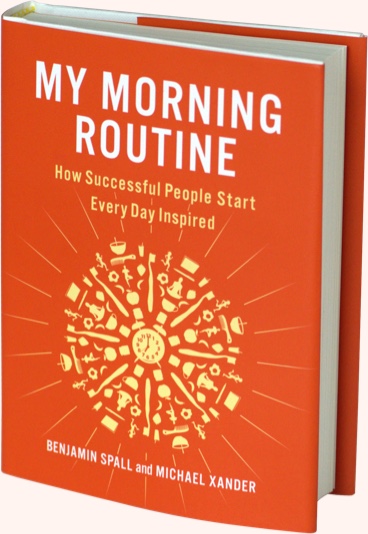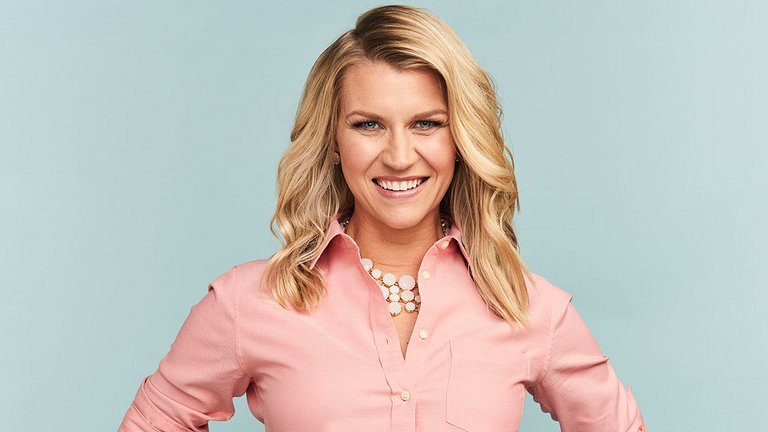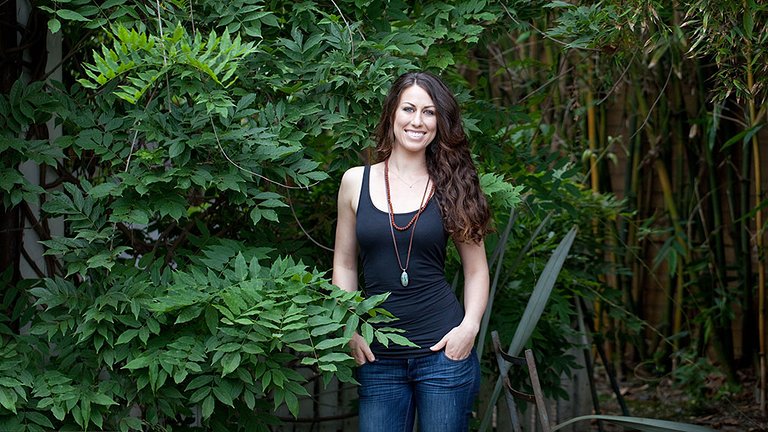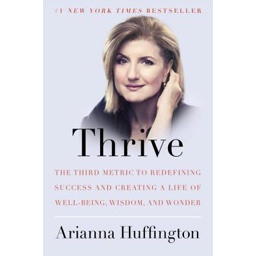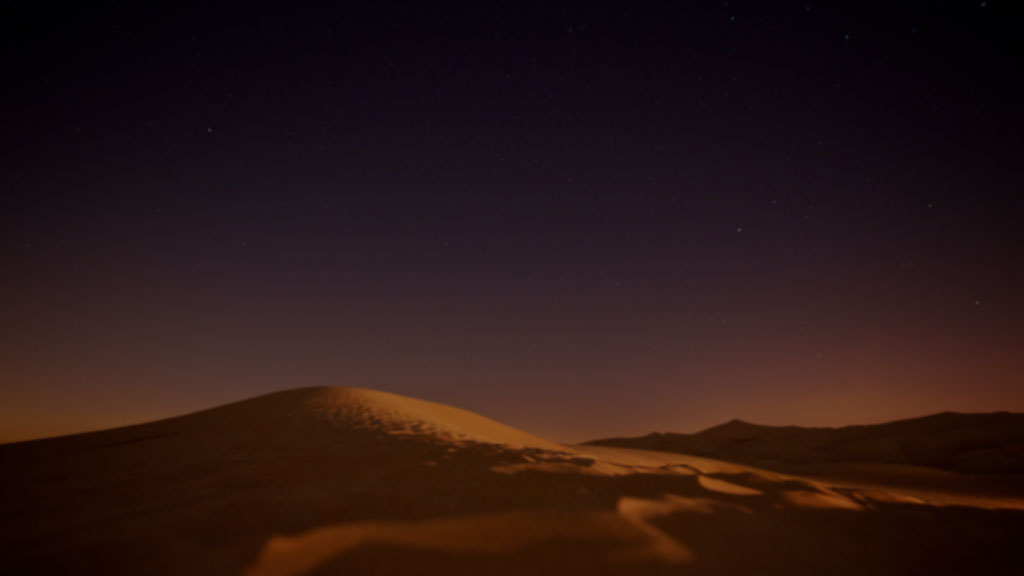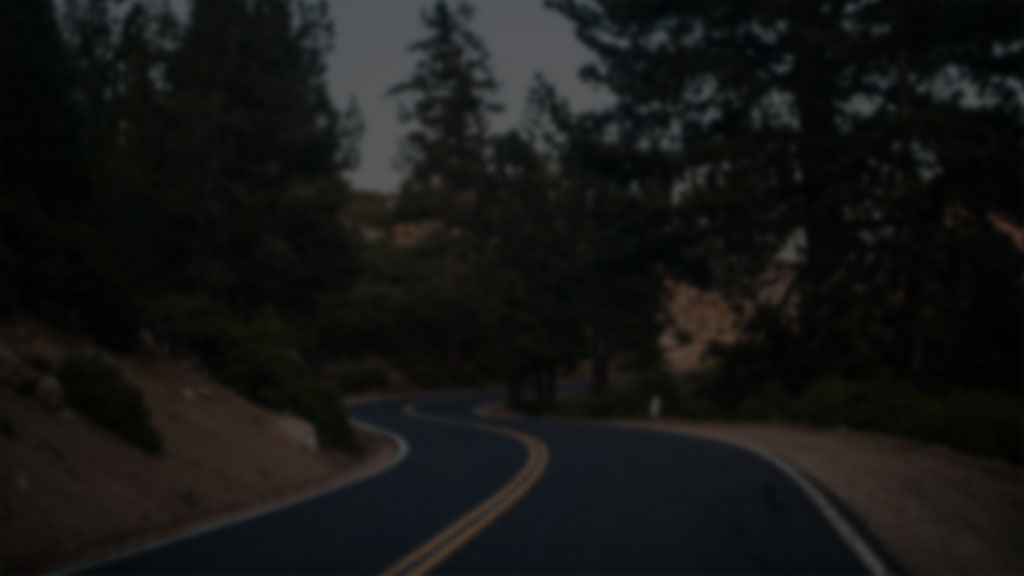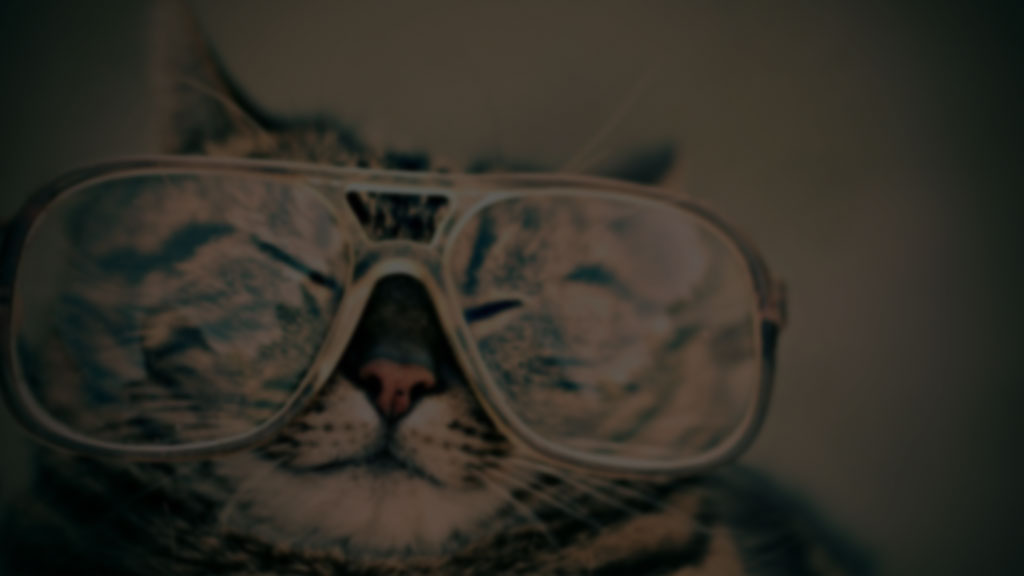Elle Luna
Elle Luna is an artist, designer, and writer whose first book, The Crossroads of Should and Must, is released today. Elle currently lives in San Francisco, California.
What is your morning routine?
Right now, the first thing I do when I wake up is try to remember my dreams! Do you remember your dreams? 60% of people say they don’t dream at all, which isn’t actually true, and of the people who admit that they dream they forget 95-99% of those dreams within the first ten minutes of being awake.
Remembering my dreams is so important to me, that I’ve just started a 100 day public art project where I’m painting my dreams every morning and posting a photo on Instagram. I actually just posted my first dream this morning!
I have this strange sense that remembering our dreams is really, really important. Dreams seem to hold all these clues and insights about what’s really going on. And there have been all of these people throughout time who have learned from their dreams. Did you know Mary Shelly wrote Frankenstein because she dreamed it? And the tune for the song “Yesterday” by Paul McCartney was something he heard in a dream? The psychologist Carl Jung studied and shared his dreams with Sigmund Freud and now you can even buy this incredible book called The Book of Symbols based on the work of mythologist Joseph Campbell that chronicles dreams and symbols.
One of the most effective way I’ve found to capture my dreams is to use the voice recorder on my iPhone.
While still somewhere between awake and asleep, I recount my dreams out loud, recording them. One of the things I try to do in addition to actually describing the dream is to give commentary on how the dream is making me feel. For example, I once had a dream where this massive cobra snake appeared in front of me. Now, typically, I’d think that a snake might be a scary symbol to see in a dream, but as I was recounting this, I took careful attention to note that this snake was majestic, that it was powerful and beautiful and that I was not afraid. I think it was Carl Jung who said that the most important aspect of our dreams is what the dreams mean to us, how we interpret them. It’s not about what a dream dictionary says a symbol means or what a friend thinks, it’s how we interpret them in that moment. I like that.
After I capture (and now paint) my dreams, Tilly, my cocker spaniel pup, and I go for a leisurely morning walk. We dilly dally together, stopping a lot and looking at things.
Next up is coffee. I used to drink a couple cups of coffee a day, but one day my neighbor made me a cup of coffee so delicious — I’m talking so totally experientially awesome — that one cup was all I needed. Just like that, I went from being a multi-cupper to a single-cupper.
I remember that morning watching my friend Michael smell the beans in the bag with his eyes closed. He then walked over to me, held the bag up to my nose, and asked me, “What do you smell?” Cherries and roses! I had never taken the time to smell my coffee like that. He showed me to how be present to the entire experience—from boiling the water to enjoying the first sip. I learned a lot from watching him that day, and since then, making a warm cup of coffee in the morning has taken on a very special place in my day.
After coffee, I usually tend to the altar in my studio. This altar is the spiritual heartbeat of the space. When I tend to it, I feel like I am being reconnected to Bali, where I found it, and the women who, daily, create ceremonies around the altars. If you’ve ever been to Bali, you know first-hand that the country is riddled with altars. They’re everywhere! And they’re colorful and covered in fresh flowers and incense. The entire island smells of jasmine and sandalwood and fresh delicate flowers. What an experience!
I spend a good amount of time in Bali working with women batik artists for a textile project I run called The Bulan Project. When I’m there, mornings are a magical time of the day — you can hear the roosters singing and the ducks searching for breakfast in the rice patties. Wearing their ceremonial sarongs, the women are these gorgeous slices of color moving amidst palm trees and rice patties. They carry towering trays of hand-made offerings made from meticulously braided palm leaves, fresh flowers, and packages of fresh mints and cookies. They must spend hours making these offerings daily — they’re incredible.
And as these women tend to the altars, they look like they’re floating. They radiate. And in the morning, if you’re not awake yet (perhaps you’re still laying in bed remembering your dreams), you’ll wake up to the smell of their trays passing outside of your window. It is so magical, that smell and their dedication to ceremony.
One day, I found an altar and brought it back to San Francisco. I hung it right in my kitchen and tend to it in the morning. When I light the incense, the smell transports me through time and space. Has that ever happened to you? Smell is powerful, and tending to this altar is a very sacred part of my morning routine.
After the altar, I sit down and do morning pages. This is an exercise I learned about from Julia Cameron’s The Artist’s Way. Basically, it’s three pages of long-hand writing. I think she once called it “brain drain,” and that’s a really wonderful description of how it feels. It only takes about fifteen minutes, and through the daily ritual of writing, you move mental clutter out of your mind and onto the page. Anything and everything can go onto the page because it’s just for you, and even then, Cameron advises waiting six weeks to read what you write. The practice of morning pages is like sweeping the floors — you just feel better afterwards.

The final part of my morning routine is reading and writing. Beginning this year, I committed to reading every day for forty-five minutes and responding to that reading for fifteen minutes. I document my writing on notecards (everything is on notecards), and I hang the cards up in my bathroom and around the studio so I see them all the time. Sometimes I talk to them or imagine they’re at a dinner party and seat some cards next to others, and then new ideas come up. It’s very fun. By the end of the year, I’ll have 365 notecards.
How long have you stuck with this routine so far?
I’ve been remembering my dreams for about two years, walking the dog for eight years, having just one cup of coffee for one year, morning pages for three years, and doing the altar offerings for two years.
The timed (yes, timed!) reading and writing has been happening for four months.
How has your morning routine changed over recent years?
The biggest change in my morning routine has been that I no longer use an alarm clock to wake up. I found that if I go to bed at a reasonably early time, and if I know how much sleep I generally need, my body naturally wakes up around the same time in the morning.
Waking up without an alarm clock creates a much more peaceful morning, and I find that rather than hit snooze again and again, which is what I used to do, my body wakes up when it’s ready. There are the occasional mornings when an alarm clock is needed, and I use one on those days, but I have to say that I do notice a difference between the days with an alarm clock and the days without. The days without one unfolding much more organically.
What time do you go to sleep?
As early as I can!
I once heard a study a long time ago that I have no idea where it was done or if it was accurate, but I heard that men’s brains have been shown to be more active in the evening, whereas more women reportedly have higher brain activity in the morning.
Now, I’m not sure if that’s right, but it resonates with my process. I’m lightning fast in the morning and prioritize my toughest tasks for the morning, but after dinner when the sun goes down, my brain just slows down to a stop. It’s exhausting to do much mental heavy lifting after the sun goes down, so I enjoy going to bed early.
How soon after waking up do you have breakfast, and what do you typically have?
There’s something about being a little bit hungry in the morning that energizes me. Maybe it’s a metaphor?! But I don’t eat a full meal until 1 or 2:00pm. And when I do, it’s breakfast! I love breakfast!
You know that game where they ask what your last meal on earth would be? Mine would be scrambled eggs and pancakes just like I used to eat as a kid on the weekends. There is this magical little diner that serves breakfast until late in the afternoon, so I go there. In David Lynch’s book Catching the Big Fish, he says that he goes to the same diner every day and orders a milkshake. I think that’s a really nice idea, to go and sit at the same place every day and have a special treat. For some reason, I imagine he has a lot of good ideas at that diner…
Do you have a morning workout routine?
Sometimes I like to go for a run, but I don’t run consistently.
How about morning meditation?
My sense is that my whole morning feels like a meditation. I try to be present to each aspect of the morning routine. There’s a lovely story that I heard once that I love:
One day the Buddha was speaking to a prince. The prince asked him, “What do you and your monks do in your monastery?” The Buddha said, “We sit and we walk and we eat.” The prince replied, “How are you different, then, from my people, for we do those things as well?” The Buddha responded, “When we sit, we know we are sitting. When we walk, we know we are walking. When we eat, we know we are eating.”
Do you answer email first thing in the morning or leave it until later in the day?
I try not to check email first thing in the morning, but I have a book coming out and there are a lot of folks organizing a zillion little parts from New York, three hours ahead, so I do try my best to stay up to speed with them!
How soon do you check your phone in the morning?
I try to wait until after I’ve completed my morning routine, but this continues to be a challenge right now.
What are your most important tasks in the morning?
Every morning, I have a checklist that I mark off. It’s the same every day, and reads:
- Dreams
- Coffee
- Morning Pages
- Tilly
- Altar
- Reading & Writing
Those activities are the most important of my day, the Must-Do items. After I complete this list, I make a second list with my daily tasks. Each task gets a time limit, and I use my timer to stay on track.
On days you’re not settled in your home, are you able to adapt your routine to fit in with a different environment?
So long as I have my IKEA kitchen timer with me, I am able to maintain my morning routine in different environments.
Right now, for example, I’m sitting in seat 10C on a cross-country flight with my laptop answering these questions and my timer set up on the tray table. There is something powerful about this timer that holds me accountable and keeps me focused; it puts actionable lines around what would otherwise be infinite expanses of time.
What do you do if you fail to follow your morning routine, and how does this influence the rest of your day?
One day without my morning routine and I feel like I’m slipping and sliding around my day. It’s hard to stay grounded. Presence and focus is harder and takes more effort. If two days go by, it becomes worse. And three or more becomes very challenging. My energy becomes scattered.
My friend Emily was just telling me the other day about how being scattered is not just psychological but literal, as well. We quite literally disperse our energy in different places when we’re scattered, with some over here, some over there, some at the coffee shop, some lingering behind in that conversation, a bit in our email… and we can feel it. It’s feels frustrating to be scattered. But the great part is that we can get it back. Immediately. It’s a simple as closing your eyes and taking three breaths, focusing on that alone, coming back to yourself, collecting the energy and centering it.
Three deep breaths can change it all! Or a walk where you consciously try to notice what you’re seeing, what you’re hearing. Just this morning I was walking down the sidewalk, my brain spilling in every direction. Stop! What’s happening right now I wondered? Suddenly I felt cold in the tips of my fingers, I heard a bird flapping its wings, I felt this delicious click of my heels on the cement sidewalk, I felt the soft edges of this wacky plant that looks like a family of caterpillars exploding from their pot. Once I had fully arrived again, I sat down, did my morning pages, and then, with much greater energy and focus, attended to my business for the day.
You’ve just finished writing a book, which hits the shelves today — did your morning routine affect your writing process?
Yes! Writing a book is like trying to wrap your arms around a giant Redwood tree. It’s just too big.
Having a morning routine helped me complete the task of writing a book, and now it’s the foundation of my daily practice. When done well, my morning routine takes about two hours. One of my favorite artists, the sculptor Brâncuși, once said, “It’s not difficult to make things. What is difficult is to reach the state in which we can make them.” Whether the day is for writing, designing, or painting, the consistent practice of a morning routine is the doorway into it all.
To celebrate the launch of The Crossroads of Should and Must we gave away three hardcover copies to three lucky readers. The winners have been notified.
Photo of Elle by Ike Edeani.
Our recommended app this week is Focus@Will. We only recommend three things a week that we believe will be of interest to our readers. Please take a moment to check it out.



